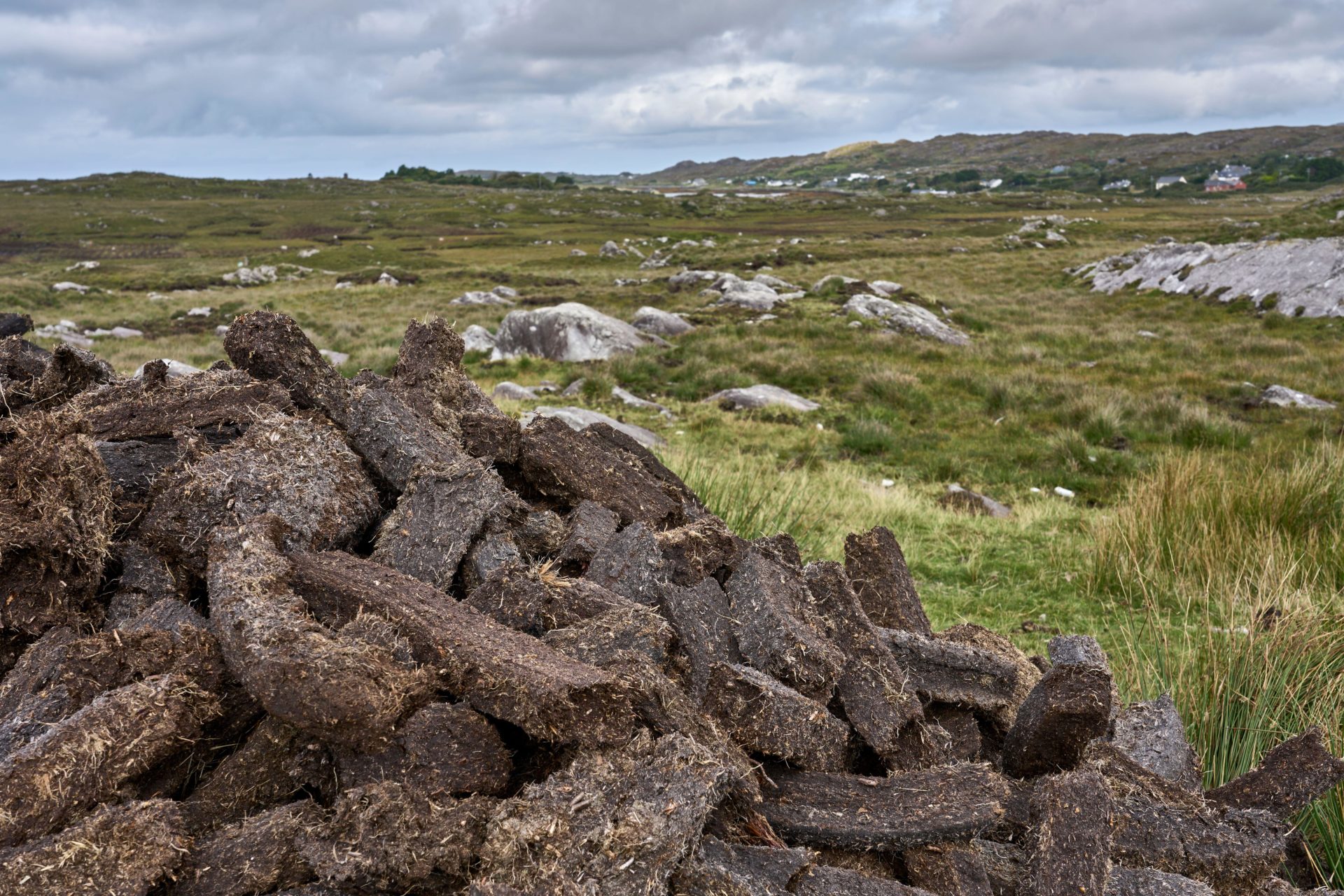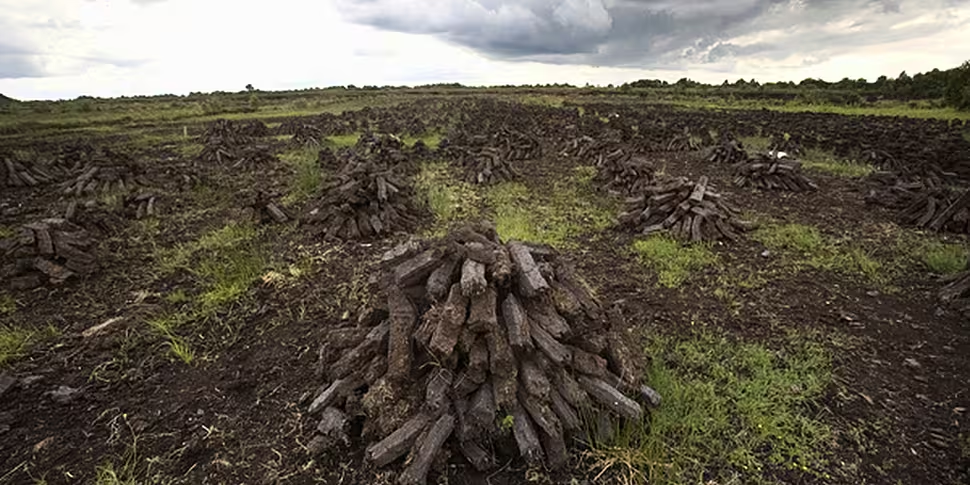The European Commission has been “extremely patient” with Ireland over its failure to protect bogland, a leading environmentalist has said.
EU law requires member states to protect their “most precious natural habitats” and stop them being subjected to “harmful activities”.
Yesterday, Brussels referred Ireland to the European Court of Justice, alleging Ireland’s bogs “continue to be degraded through drainage and turf cutting activities”.
Speaking to Newstalk Breakfast, journalist John Gibbons said there are a number of “excellent” reasons why bogland should be protected from turf-cutters.
“We’re in the throes of a biodiversity crisis and our bogs are probably our most intense zones of remaining biodiversity,” he said.
“They’re a fantastic source of carbon gathering and carbon storage from the point of view of the climate.
“Intact, healthy bogs provide flood protection services that help local people.
“So, when you drain bogs, you increase the risk of flood damage in the vicinity.”
 A pile of peat turf cut on Irish farmland. Image: Uwe Moser Moser / Alamy Stock Photo
A pile of peat turf cut on Irish farmland. Image: Uwe Moser Moser / Alamy Stock PhotoBy contrast, Roscommon-Galway independent TD Michael Fitzmaurice said he had been glad to hear the Government will “strongly defend itself” in the ensuing court case.
He believes that turf should remain a key part of Ireland’s energy mix long into the future, given the volatility of oil and gas on the international wholesale market.
“You know the price that oil went,” he said.
“If you have your own bog, first of all, it’s your private property.
“Second of all, it’s like having your own oil well in your back garden that you have security of fuel supply.
“The people in turf cutting areas would be socially and economically [less well-off].”
Deputy Fitzmaurice also said many turf cutters are active in restoring boglands.
“Have any of you been involved in five to six thousand hectares of rewetting of those bogs?” he said.
“On private property where the ordinary people worked with the National Parks and with all the different organisations to achieve this.”
Carbon emissions
For Mr Gibbons, the restoration of some boglands is a small recompense for the amount of damage turf burning does to the climate.
“A UN report has estimated Ireland’s degraded peatlands are currently emitting about 21.5 million tons of CO2 a year,” he said.
“That is absolutely massive; that is equivalent to almost the entire agricultural sector.
“The issue really is here, there may be a small benefit for a small number of people in this but [you have to] weigh that against the enormous climate and ecological costs involved here.
“If we, for example, levied the damage done to those bogs at the rate of the standard carbon tax, then we’d be looking at about €1 billion a year.”
It is estimated that Ireland is home to 60% of Europe’s remaining active raised bogs.
Main image:File Photo: Bog of Allen in County Offaly. Photo: Eamonn Farrell/RollingNews.ie









